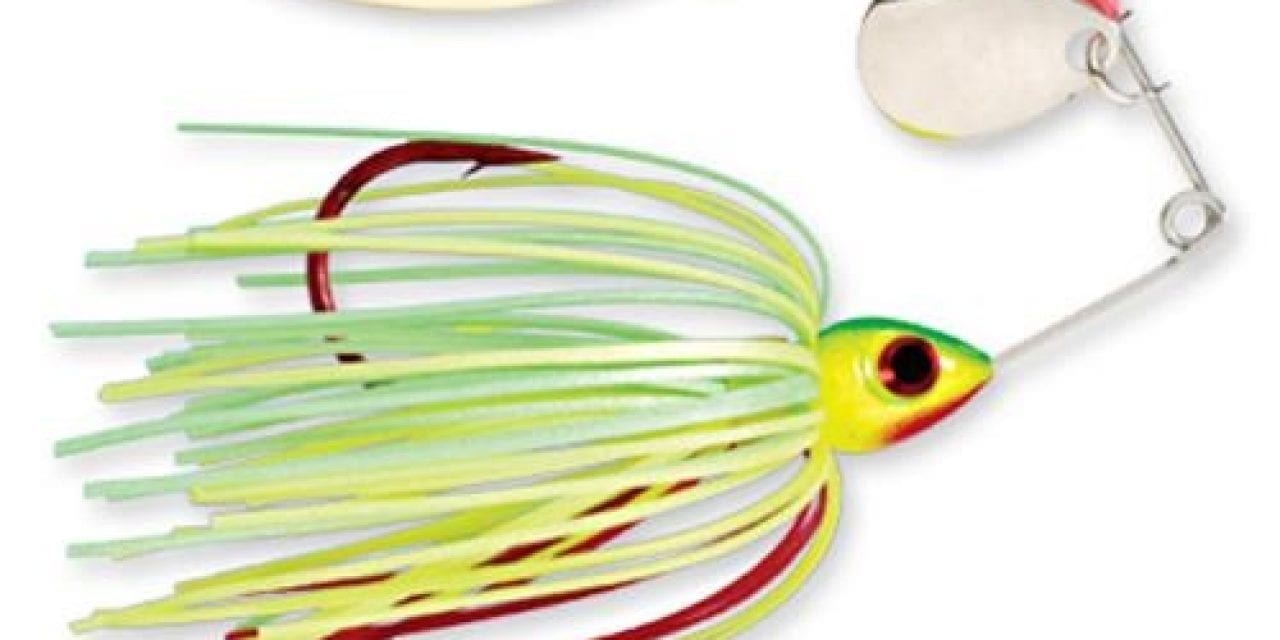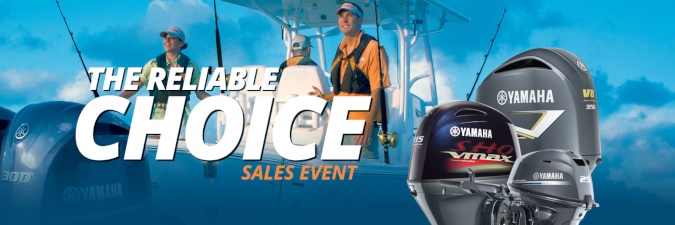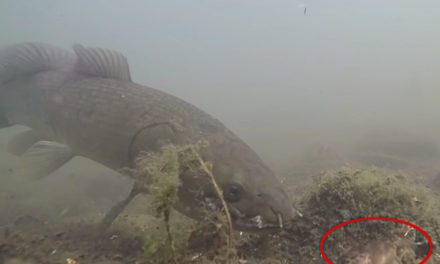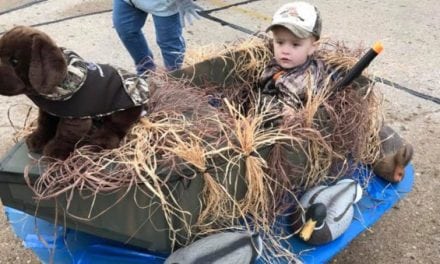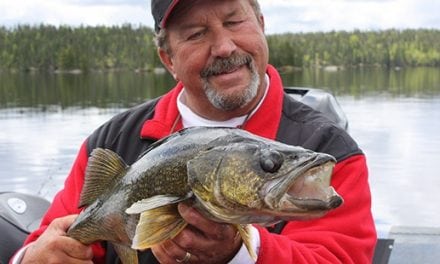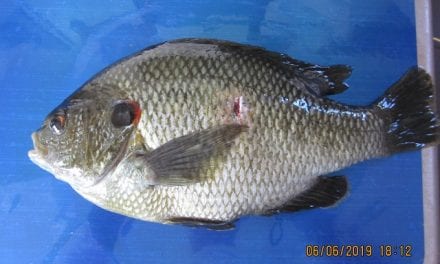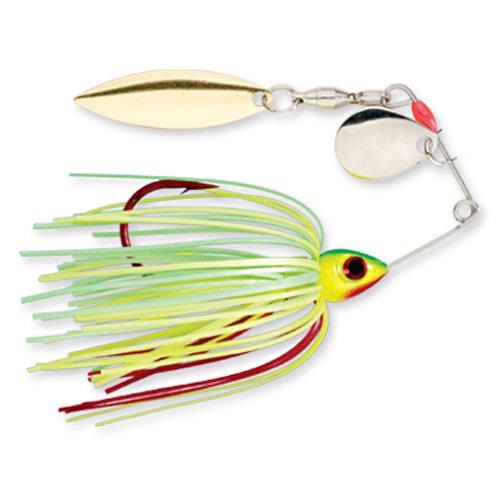 This time of year when falling water temperatures make catching bass difficult, veteran guide and tournament angler James Niggemeyer spends a few minutes with pen and paper in hand before he picks up his rod and reel. The Yamaha Pro likes to prepare a check list of fishing options he can try throughout the day until he locates fish, and boat docks, isolated cover, and rocks nearly always lead the list.
This time of year when falling water temperatures make catching bass difficult, veteran guide and tournament angler James Niggemeyer spends a few minutes with pen and paper in hand before he picks up his rod and reel. The Yamaha Pro likes to prepare a check list of fishing options he can try throughout the day until he locates fish, and boat docks, isolated cover, and rocks nearly always lead the list.
“Depending on the temperature and the condition of the water, you can nearly always find some bass on at least one of these choices,” explains Niggemeyer. “Personally, I want to fish shallow whenever possible, even in cold weather, so I concentrate in a large tributary, not the main lake, and look for bass that live in that tributary year-round.”
When he’s looking at boat docks, Niggemeyer studies more than the actual structure itself. He prefers to have nearby deeper water, such as a channel in front of the dock, or even a steep shoreline behind it. Winter bass use deeper water because it provides more stable water temperatures, but the availability of cover like a boat dock will bring them shallow to feed.
“The dock pilings and poles offer a type of vertical cover, too,” adds the Yamaha Pro, “so the bass have even more choices of where they can be holding. I like to fish jigs, or slow-roll spinnerbaits around the pilings because both lures cover different depths so well.
“The real key is retrieving at a speed the bass will respond to, so I do change speeds until I do get a strike. Overall, I fish slowly, however, because the bass won’t chase lures in cold water.”
Niggemeyer likes isolated cover during the winter months, too, whether it’s a single laydown log on the shoreline, a stump lodged on the bottom, or a small clump of vegetation away from the shore. Even in cold water, this type of cover often attracts and holds bass in just one to two feet of water.
“If I find a single laydown or stump, I fish the deepest end, and if I find clumps of vegetation, I key on the clump the farthest out from the bank,” Niggemeyer explains. “These are places I can flip small plastic lures that fall beside the cover, or work shallow-running crankbaits around them with a slow retrieve.
“Isolated cover will attract bass throughout the year, but during the winter I think the fish use them as ambush areas. I rarely catch more than one or two bass from such a spot, so I don’t spend a lot of time on each individual piece of cover. Other fish don’t move quickly in to occupy the space, either. If I do catch a fish from a piece of isolated cover, I’ll seldom fish it again until the next day.”
The Yamaha Pro’s third choice for cold water bass is rocks, which can include not only riprap around dams and bridges, but also smaller wing dams and levees. Each of them normally provides not only vertical structure and a depth change, but also forage like crawfish and shad.
“For this type of cover, I really like to fish crankbaits and spinnerbaits,” emphasizes Niggemeyer. “I retrieve them slowly, but I hit the rocks as much as possible to make the lures move erratically. If I’m fishing a long riprap wall, I usually start fishing at one end because it provides a transition zone from rock to dirt or vegetation, and bass like places where the cover changes.
“Then I’ll gradually fish the rocks at different depths, casting in at a 45 degree angle and bringing my lure down into deeper water. Once I identify the depth the fish are using, I’ll start casting parallel to the rocks so my lure stays in that depth the entire retrieve.
“Ever since I began bass fishing, I’ve remembered the old adage that when the water gets cold, fish move to hard targets, either wood or rocks,” the Yamaha Pro concludes, “and boat docks, isolated cover, and rocks usually meet that requirement.”
Related:
Yamaha Announces 2019 ATV Lineup
Yamaha Outdoors Tips — Taking Tasteful Hunting Trophy Photos
The post YAMAHA – TRY THESE 3 OPTIONS FOR COLD WEATHER BASS appeared first on OutDoors Unlimited Media and Magazine.

